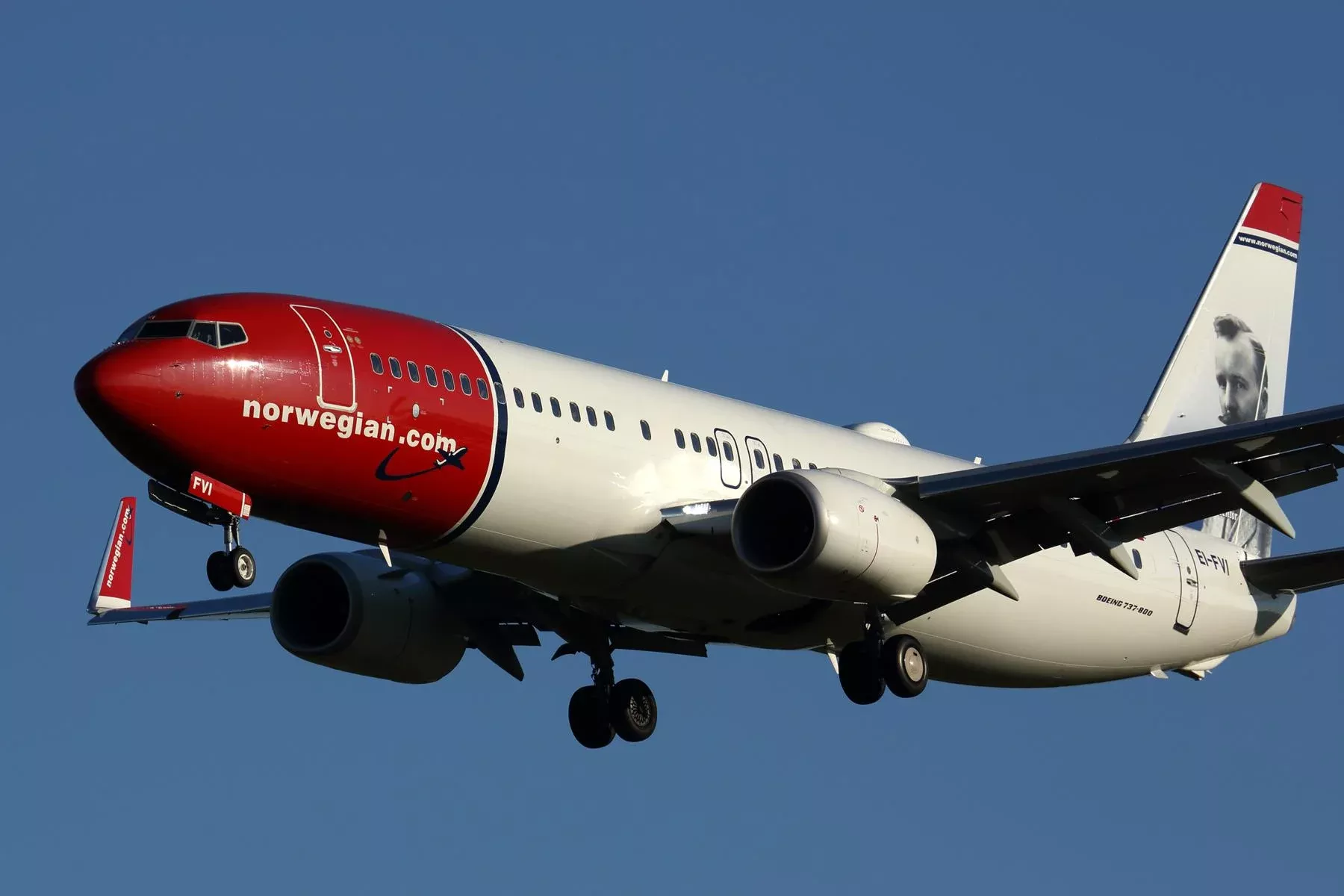
Norwegian is looking to extend its leases on Boeing 737-800 aircraft following delivery delays of new 737 Max aircraft.
While the aftermarket has received a huge boost from new aircraft delivery delays, which mean that older, more maintenance-hungry aircraft and engines are operated for longer, at some point the dynamic will shift.
“Everyone agrees the current levels are not sustainable so we are heading at some point in the medium-term future for a big downturn,” said the CEO of Magnetic Leasing, Alex Vella, speaking at Aviation Week Network's Engine Leasing Trading & Finance Europe conference last month, in a comment about high lease rates for current-generation narrowbody engines.
Judging when the cycle will shift is difficult, but the common consensus for at least two more years of supply chain disruption appears to be on solid ground.
Boeing is reported to have informed some customers to expect up-to-six-month delays for aircraft scheduled for delivery through 2026, according to a recent story from Bloomberg.
Also this week, the Chief Executive of Norwegian, Geir Karlsen, told an investor meeting that the airline is expecting delays of its Boeing 737 MAX deliveries into 2026, and that it will be meeting the OEM soon to discuss compensation.
Norwegian is also looking into extensions of its 737-800 leases through 2026 to help mitigate expected delivery delays.
Another panelist at Engine Leasing Trading & Finance Europe was Jaime Nieto, chief commercial officer for Rolls-Royce & Partners Finance. He forecast that strong demand for spare engines would continue for three to four years due to new aircraft production challenges at the OEMs and ongoing supply chain disruption. “You can’t flip and switch and fix the supply chain,” he said.
An audience poll agreed, with more people predicting that the current supply-demand imbalance would continue for three to four years rather than one to two years.





